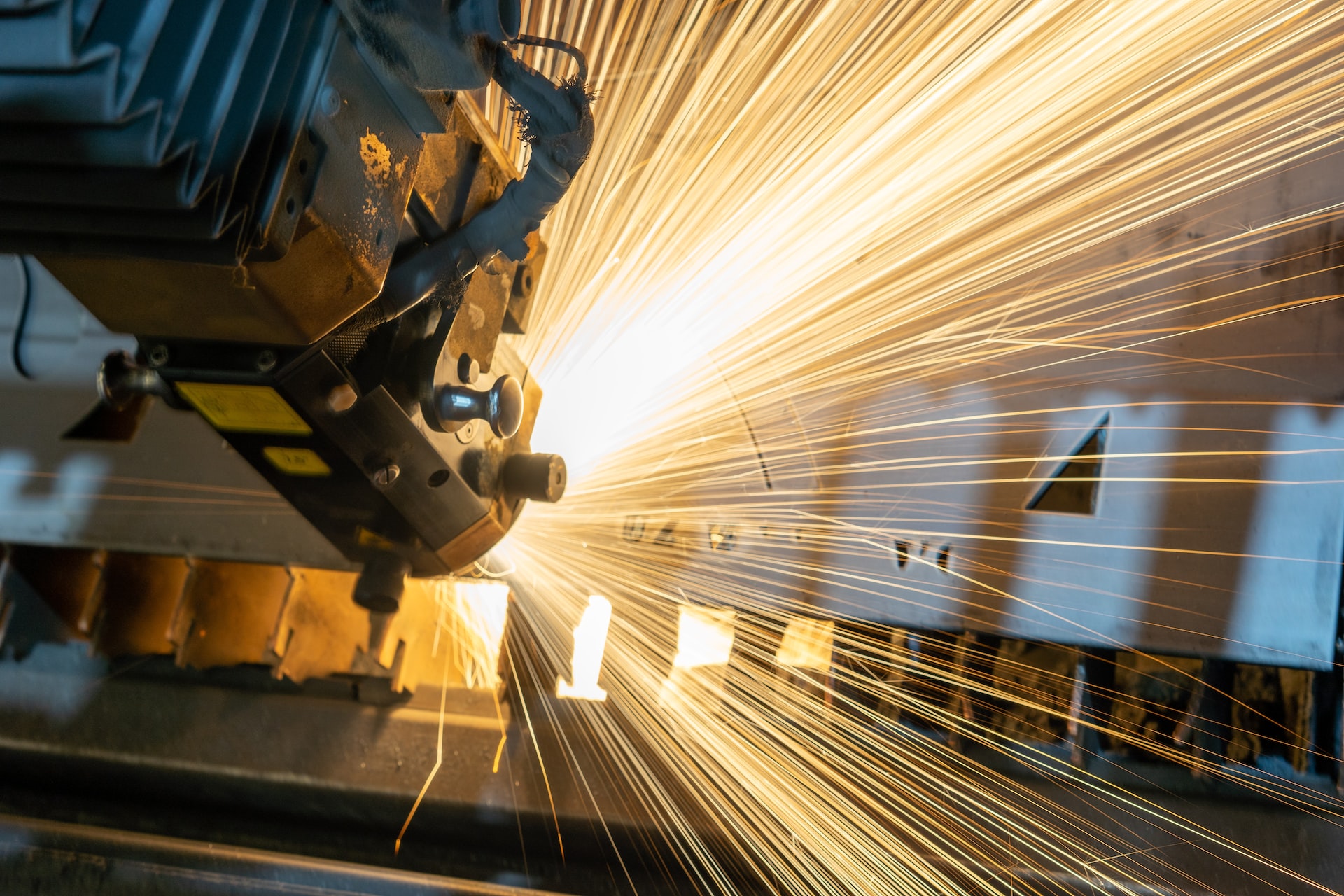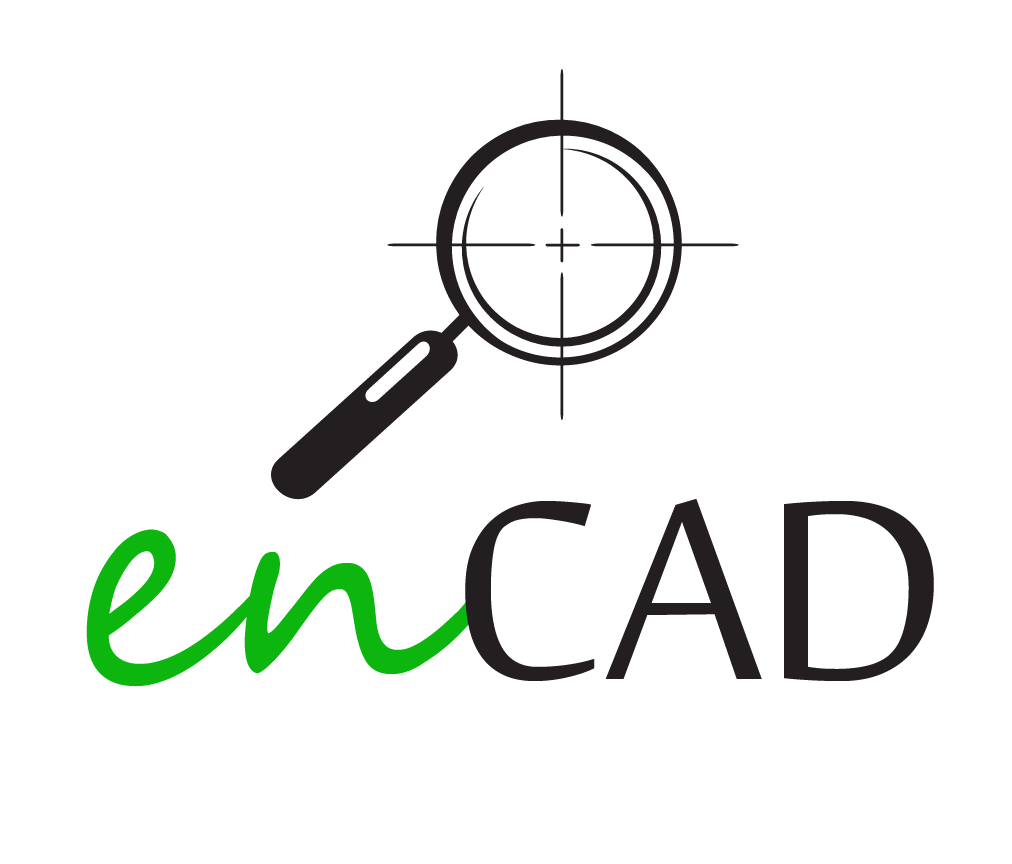
06 Feb Additive Manufacturing
Additive manufacturing, also known as 3D printing, is revolutionizing the world of manufacturing by offering new possibilities for product design and production. In recent years, the use of additive manufacturing in the field of Design for Manufacture (DFM) has increased significantly, and it’s not hard to see why. This technology offers several benefits that can help improve the efficiency and cost-effectiveness of the manufacturing process. However, considering some challenges is necessary.
Benefits of Additive Manufacturing in DFM
- Enhanced Design Freedom: Additive manufacturing allows for greater design freedom, as it eliminates the need for tooling and the constraints that come with traditional manufacturing methods. This means that designers can create complex shapes and structures that would be difficult or impossible to produce with traditional methods.
- Improved Lead Time: Additive manufacturing reduces the lead time significantly by allowing the production of prototypes in a matter of hours or days. This means that designers can get feedback on their designs more quickly and make any necessary changes.
- Reduced Waste: Additive manufacturing produces only the material needed for the product, reducing waste and saving resources. This is especially beneficial for low-volume production runs where traditional methods would result in excessive waste.
- Cost Savings: It can reduce the cost of production by eliminating the need for tooling and reducing material waste. It also eliminates the need for multiple prototypes, further reducing costs.
Challenges of Additive Manufacturing in DFM
- Material Limitations: Currently, the range of materials that can be used for additive manufacturing is limited, and the cost of materials can be high. This can make it challenging to produce parts with the necessary mechanical properties and physical characteristics.
- Quality Control: Maintaining consistent quality can be a challenge with additive manufacturing, as it is dependent on the accuracy of the printing process and the quality of the raw materials used.
- Post-Processing: It often requires post-processing, such as sanding, polishing, and heat treatment, which can add to the cost and lead time of the manufacturing process.
In conclusion, additive manufacturing in DFM offers several benefits, including enhanced design freedom, improved lead time, reduced waste, and cost savings. However, it also comes with some challenges, such as material limitations, quality control, and post-processing. To overcome these challenges, manufacturers need to invest in the development of new materials, improve quality control processes, and streamline post-processing methods. The use of additive manufacturing in DFM is a rapidly evolving field, and we can expect to see continued growth and advancements in the coming years.

Sorry, the comment form is closed at this time.